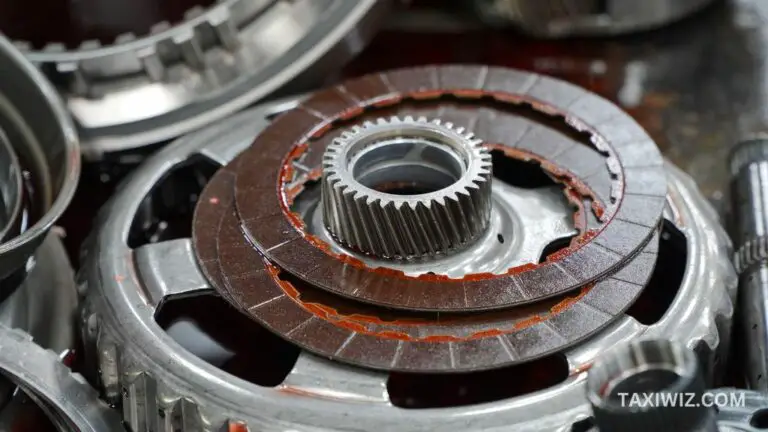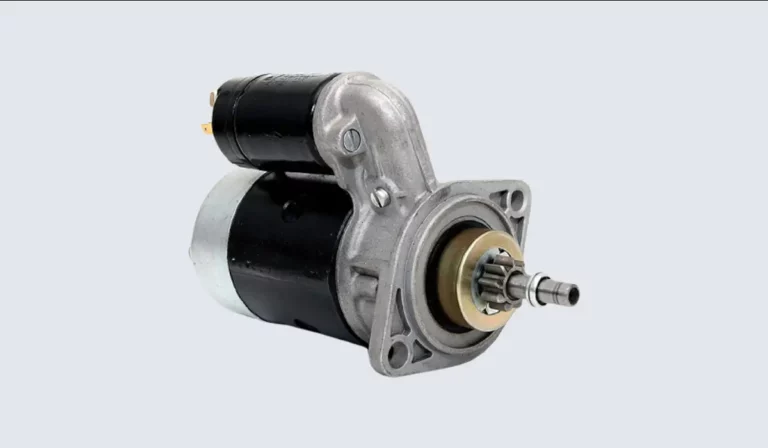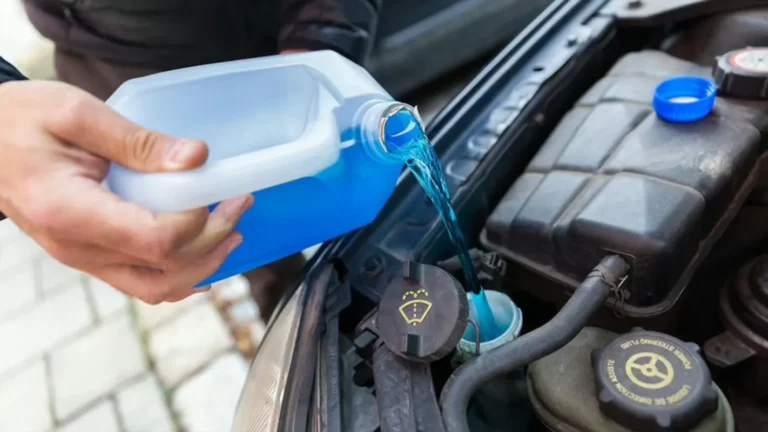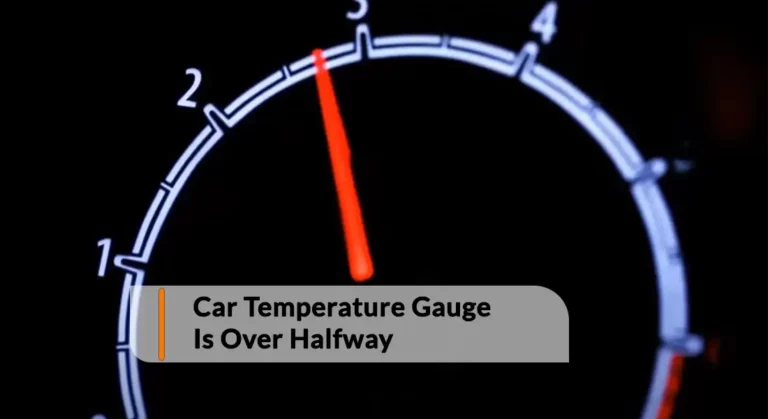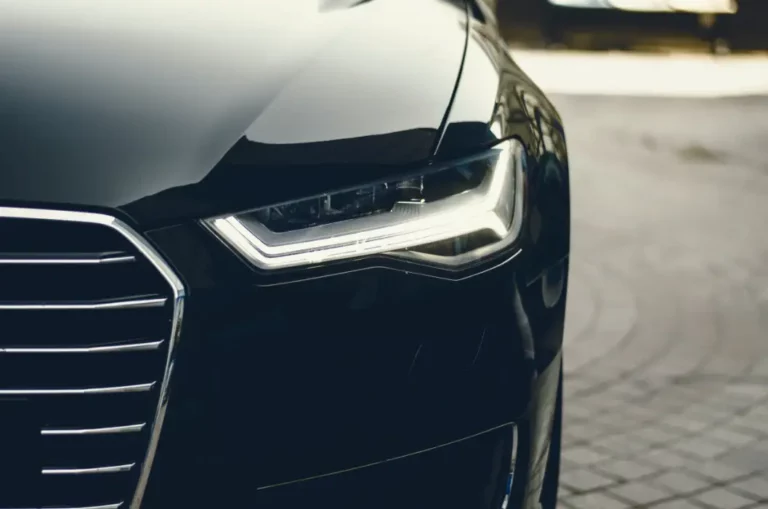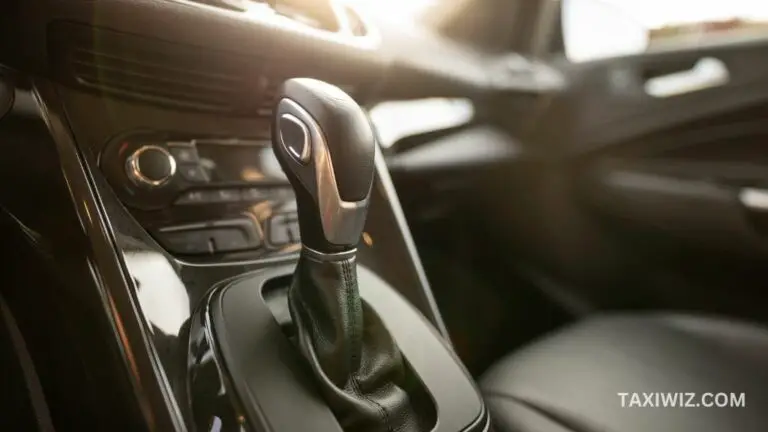6 Reasons Why Does My Serpentine Belt Keep Coming Off
The serpentine belt is one of the most vital components in a car. It acts as a bridge between the various auxiliary engine parts and provides a smooth driving experience.
Therefore, many drivers suspect the root of various car-related problems to be due to this component malfunctioning. The most prominent reasons why the serpentine belt slips off include:
- Defect in the tensioner
- Poor quality pulley
- AC compressor malfunctioning
- Failure in the bearing
- Environmental Influence
- Fluid Leakage
Our article will not only help explain the causes of the serpentine belt coming off elaborately but also provide their solutions.
Serpentine Belt: General Overview
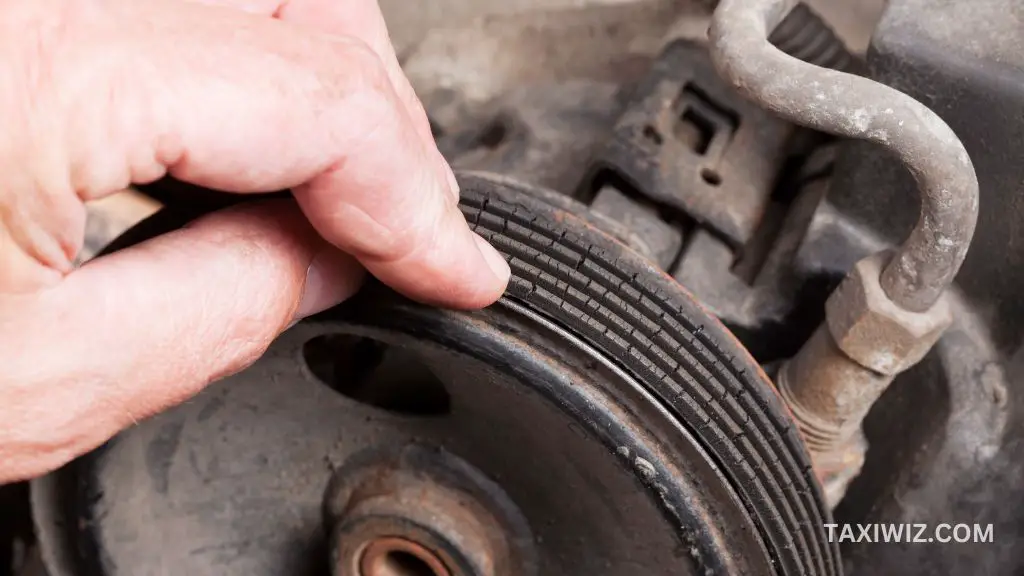
A serpentine belt is part of the car responsible for transferring energy from the crankshaft to the auxiliary systems. It controls the alternator, whose main job is to recharge the car battery and keep the engine active.
Other parts powered by the serpentine belt include the AC compressor, which regulates the car’s interior temperature. Another vehicle part it empowers is the power steering pump, which is necessary to provide a smooth handling experience.
The vehicle’s model dictates the ideal time to change the serpentine belt. Typically, it’s best to make the change within the 60,000-100,000 miles runtime. Regular diagnosis is necessary to keep track of the tension and notice any damages.
Why the Serpentine Belt is Constantly Coming Off?
Below are the main reasons why a car’s serpentine belt keeps coming off. Keep on reading to know the cause at an in-depth level.
1. Wrong Belt Tension
A wrong amount of tension in the serpentine belt is a common reason behind it coming off. It can’t hold maintain a grip over the pulleys if it’s loose, causing it to slip and get disconnected.
Not remaining aligned with the tensioner can also cause insufficient tension on the serpentine belt. Therefore, it starts to get dislodged from the pulley constantly. The emission of noise from the tensioner indicates that this part is malfunctioning.
Solution
Fixing the serpentine belt’s tension depends on the variety of the tensioner the vehicle has. Simple adjustments can easily fix a manual tensioner and prevent the belt from separating.
On the other hand, replacement is the only solution if the car has an automatic tensioner. Conducting the change is relatively easy, as anyone with basic automation mechanical skills can accomplish it. Furthermore, these parts are relatively affordable.
2. Bearings Giving Out
Bearings are a vital part of the serpentine belt which ensures its always functional in one fluid motion. They are connected to the pulleys and directly contribute to the system’s rotation.
Decay in the bearings often causes the pulleys to underperform. Therefore, the serpentine belt can’t stay on top of it. Therefore, it falls off, causing the car to face a plethora of issues.
Solution
Replacing the damaged bearing only in the pulley system is impossible. Thus, replacing the entire component is a must if you want the serpentine belt to run efficiently.
Conducting a full replacement will bring the serpentine belt into its correct position. Therefore, your auxiliary engine parts will receive power again without obstruction.
3. Poor Pulley Condition
It’s crucial that the car’s pulleys are perfectly in alignment for the serpentine belt to remain smoothly functional. Misalignment of the pulleys causes it to not move properly and obstructs the connection.
Various reasons can possibly cause the pulleys to be misaligned. Oftentimes, the failure of mechanics to install it properly can cause it to happen. Another possible cause is damage or decay to the pulley due to the rigorous usage of the car.
Solution
Fixing the pulley system starts with ensuring it’s properly aligned. Using a serpentine belt or a wrench can easily resolve this issue.
Start loosening the tensioner’s bolts if you’re using a wrench. Then, start turning the tensioner clockwise to decrease the tension and disengage the pulleys from it. Then start properly aligning the pulleys.
Ensuring that the pulleys are parallel to each other and on a similar plane is necessary to align them. Once it’s done, the tensioner must be fastened tightly, and then secure the belt.
Using a serpentine belt tool for replacing the pulley system is similar to that using a wrench. However, the only exception is the part aligning the pulleys which you must complete according to the instructions of the tool.
4. Environmental Influence
Driving the water while it’s raining outside or through water can cause the serpentine belt to slip. The pulley loses its grip, increasing the chances of dislodges. Furthermore, it exposes it to the risks of rusting, amplifying the chances of failure.
Solution
Proper care is necessary to prevent the chances of a car’s serpentine belt slipping due to environmental factors. Keep the car in a dry and covered space when it’s raining or snowing outside.
Furthermore, regularly clean the car’s pulley system. It will reduce the chances of the serpentine belt slipping by keeping the part free from the accumulation of dust or debris.
5. Fluid Leakage
Internal leakage of oil or any other fluid in the car can harm the serpentine belt. It becomes weak and eventually starts to soften, causing the drive belt to stretch out.
The drive belt’s additional slack will make it difficult for the tensioner to work properly. It will become loose over time and gradually disengage.
Solution
Daily observation of the car’s internal parts is the best way to identify fluid leakage. Once you find out the source of the leaking, replace the serpentine belt. It will fix the performance issue of the car.
6. AC Compressor Malfunction
A car’s serpentine belt is connected to the AC compressor’s pulley. Therefore, it becomes locked in case the AC compressor starts malfunctioning. Thus, it can’t move and retain the tension, causing the part to come out.
Smoke emitting from the engine is a telltale sign of the AC compressor failing. It happens because the compressor pulley remains inactive while the crankshaft pulley and the serpentine belt remain operational.
Read also >> AC Off Due To High Engine Temp Chevy Cruze (Causes & Fixes!)
Solution
Replacing the AC compressor pulley is necessary if it’s not moving properly. Furthermore, a thorough diagnosis is necessary to find out what’s causing this part to act out and administer proper repairs.
TOP 5 REASONS SERPENTINE BELT FALLS OFF, COMES OFF ON A CAR >> Check out the video below:
Frequently asked questions (FAQs)
How do you fix a broken serpentine belt?
There’s no way to fix a broken serpentine belt. It’s best to replace them immediately if you start noticing cracks in the component.
Can a car lose power if the serpentine belt slips off?
The serpentine belt slipping off causes the alternator to stop spinning. Therefore, the car loses power since the alternator is responsible for charging the battery and supplying power to the electrical systems.
Why is my car not starting after changing the serpentine belt?
Many car owners often knock down the crank position sensor when replacing the serpentine belt, causing the car to not start. Repositioning it will easily solve the problem.
Conclusion
Identifying the correct reason behind a car’s serpentine belt can be difficult due to the multiple possibilities. However, a quick inspection of the mechanism itself and auxiliary engine components can easily help narrow down the cause.
Fixing this problem is relatively simple since a replacement of the problematic component can easily solve it. Consider hiring a mechanic to make the process a hassle-free experience.

